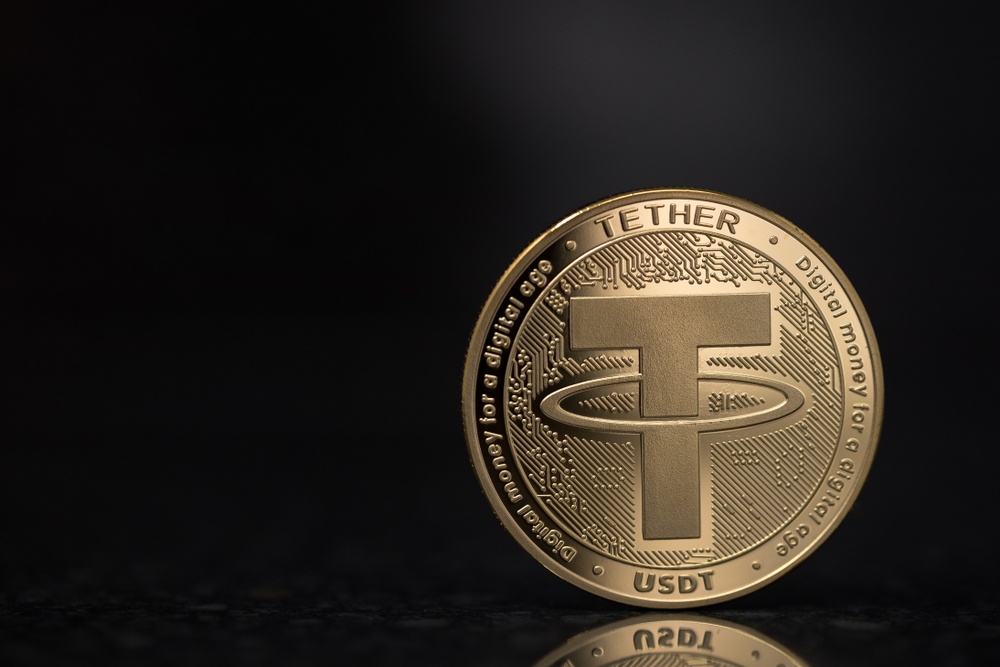Tether’s USDT Gains Global Significance Beyond Crypto Markets, Says CEO
02.10.2024 18:00 1 min. read Kosta Gushterov
According to Tether CEO Paolo Ardoino, USDT, the largest stablecoin by market capitalization, has a significant influence beyond the cryptocurrency sector, particularly in nations dealing with inflation and underdeveloped financial systems.
In a discussion with Bullish CEO Tom Farley, Ardoino stated that USDT has established itself as the most commonly used digital dollar globally, with growing importance outside the United States.
While stablecoins like USDT aim to stabilize the volatile crypto market by being linked to real-world assets like the US dollar, Ardoino noted that in countries such as Argentina and Turkey, where inflation is a major concern, USDT serves as a stable alternative to unreliable national currencies.
He explained that before USDT, individuals often resorted to black market transactions to obtain US dollars, emphasizing its utility in these economies.
Currently, USDT ranks as the third-largest cryptocurrency overall, following Bitcoin (BTC) and Ethereum (ETH), with a market capitalization of about $120 billion.
It far exceeds its closest rival, Circle’s USDC, which has a market cap of $35.6 billion. Notably, a significant portion of USDT is issued on the Tron blockchain, totaling $61 billion, while Ethereum accounts for $54.3 billion of its supply.
-
1
Weekly Recap: Key Shifts and Milestones Across the Crypto Ecosystem
06.07.2025 17:00 4 min. read -
2
Trump Imposes 50% Tariff on Brazil: Political Tensions and Censorship at the Center
10.07.2025 7:00 2 min. read -
3
Key Crypto Events to Watch in the Next Months
20.07.2025 22:00 2 min. read -
4
USA Imposes Tariffs on Multiple Countries: How the Crypto Market Could React
08.07.2025 8:30 2 min. read -
5
UAE Regulators Dismiss Toncoin Residency Rumors
07.07.2025 11:12 2 min. read
Two Upcoming Decisions Could Shake Crypto Markets This Week
The final days of July could bring critical developments that reshape investor sentiment and influence the next leg of the crypto market’s trend.
Winklevoss Slams JPMorgan for Blocking Gemini’s Banking Access
Tyler Winklevoss, co-founder of crypto exchange Gemini, has accused JPMorgan of retaliating against the platform by freezing its effort to restore banking services.
Robert Kiyosaki Warns: ETFs Aren’t The Real Thing
Renowned author and financial educator Robert Kiyosaki has issued a word of caution to everyday investors relying too heavily on exchange-traded funds (ETFs).
Bitwise CIO: The Four-Year Crypto Cycle is Breaking Down
The classic four-year crypto market cycle—long driven by Bitcoin halvings and boom-bust investor behavior—is losing relevance, according to Bitwise CIO Matt Hougan.
-
1
Weekly Recap: Key Shifts and Milestones Across the Crypto Ecosystem
06.07.2025 17:00 4 min. read -
2
Trump Imposes 50% Tariff on Brazil: Political Tensions and Censorship at the Center
10.07.2025 7:00 2 min. read -
3
Key Crypto Events to Watch in the Next Months
20.07.2025 22:00 2 min. read -
4
USA Imposes Tariffs on Multiple Countries: How the Crypto Market Could React
08.07.2025 8:30 2 min. read -
5
UAE Regulators Dismiss Toncoin Residency Rumors
07.07.2025 11:12 2 min. read


